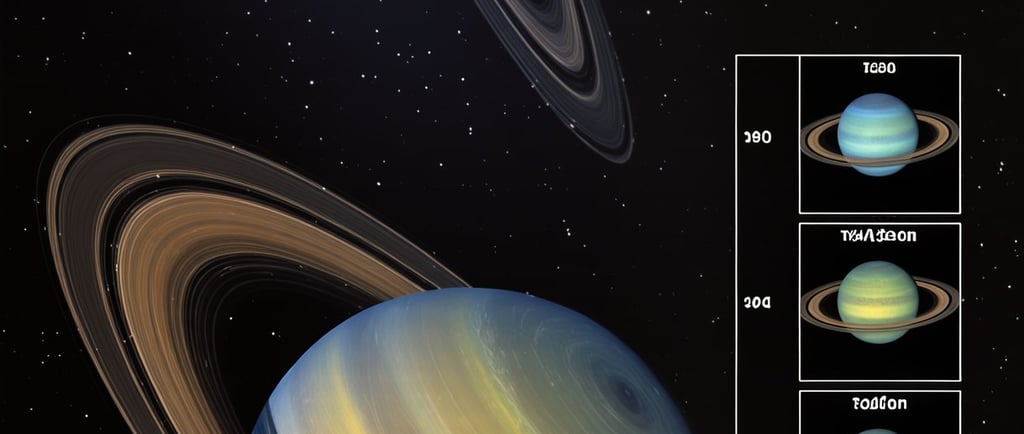Hubble Determines Uranus’ Rotation Rate with Unprecedented Precision


Introduction to Hubble's New Findings
The NASA/ESA Hubble Space Telescope has once again proved its remarkable capabilities, this time focusing its attention on Uranus. Recent research has resulted in highly accurate measurements of the planet's interior rotation rate, utilizing a novel technique that achieves precision 1,000 times greater than previous estimates. The findings stem from over a decade of observations, particularly those analyzing Uranus' aurorae. These groundbreaking results not only refine our understanding of Uranus' rotation period but also establish an essential reference point for future planetary studies.
Significance of Hubble's Observations
Hubble's observations of Uranus have offered astronomers a fresh perspective on the planet’s atmospheric phenomena. By examining the behavior of its aurorae, researchers have been able to gather significant data related to the rotational dynamics occurring beneath the planet's cloud cover. This advancement is crucial because understanding a planet's rotation is key to comprehending its internal structure and atmospheric dynamics.
The refined rotational period that Hubble has provided enhances the existing models of Uranus, allowing scientists to explore more intricate details about its magnetic field and overall planetary evolution. Prior to this study, estimates had been largely based on indirect measurements that lacked comprehensive accuracy. The new direct measurements serve as a vital stepping stone towards modeling not only Uranus but also other distant worlds.
Implications for Future Research
The implications of this new research are profound, extending beyond Uranus itself. Establishing a more accurate rotation period means that astrophysicists can better calibrate their models for other ice giants, like Neptune, and examine how these planets compare in terms of evolution and dynamics. This research is also pivotal for upcoming missions and observations, as a solid reference point is essential for understanding planetary systems as a whole.
Furthermore, Hubble's techniques for analyzing auroral activity can be applied to other celestial bodies, enhancing studies of exoplanets and their atmospheres. By refining the precision of planetary measurements, we open new avenues of exploration in the ever-expanding field of astronomy.
In conclusion, Hubble's latest measurements of Uranus not only reflect the telescope's enduring legacy but also underscore the importance of accurate observational techniques in planetary science. By pushing the boundaries of our understanding, Hubble continues to inspire a new generation of astronomers and researchers eager to unravel the mysteries of our solar system and beyond.
